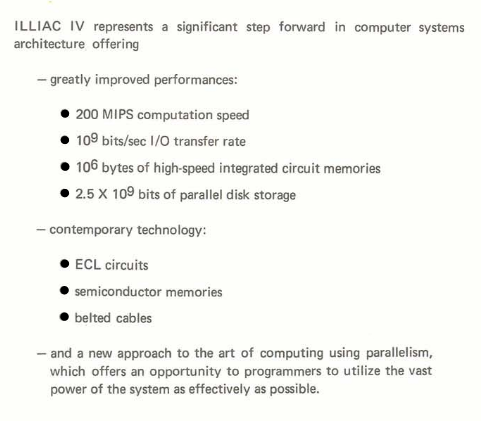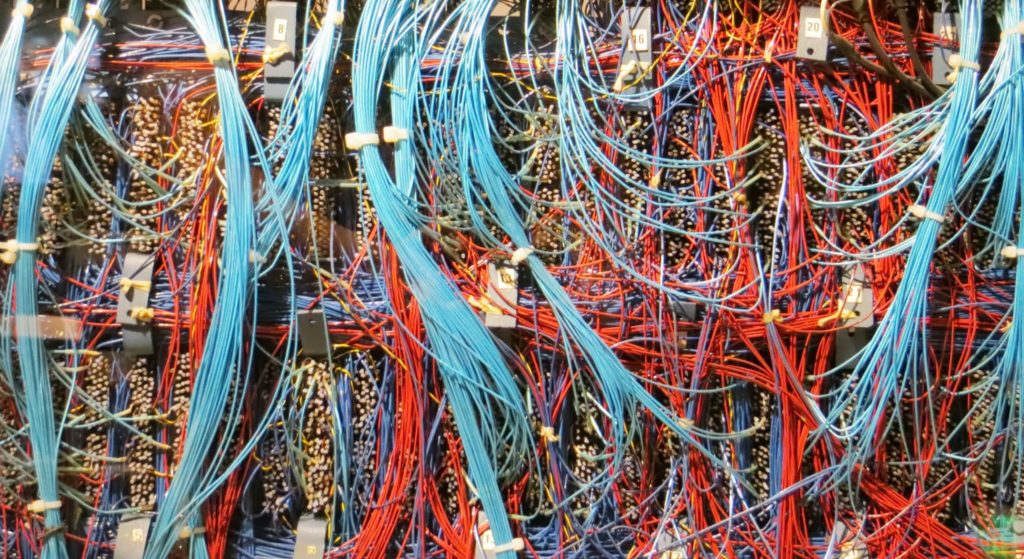The Association for Computing Machinery (ACM) announced today that Ron Perrott, a long-time advocate of international HPC collaboration and an important figure in defining the United Kingdom’s and Europe’s HPC strategy was awarded the ACM Distinguished Service Award. While much of Perrott’s career was spent behind the scenes in coordinating roles, he was also present at the start of the ‘parallel’ computing era, working on languages and compilers for the ILLIAC IV machine, considered one of the earliest massively parallel computers.
Currently, Perrott is a visiting professor at the Oxford e-Research Centre and a former director of the Belfast e-Science Centre. He has been named a Fellow of the ACM, IEEE and the British Computing Society. Perrott was honored for “providing vision and leadership in high performance computing and e-science, championing new initiatives and advocating collaboration among interested groups at both national and international levels.”
“Really the stuff I did was behind the scenes. It was more to create frameworks to help people collaborate, chairing committee, setting up initiatives and getting funding,” said Perrott, now semi-retired, whose efforts to advance parallel processing have included being chair of the UK’s High Performance Computing Strategy Committee and a founding member of both Euro-Par, the premiere European conference on parallel computing, and the ACM Special Interest Group on High Performance Computing (SIGHPC).
In the announcing the award, ACM noted that “Perrott has been consistently at the forefront of the promotion of high performance computing since he worked at the NASA Ames Research Center in the 1970s on the ILLIAC IV.”
Perrott also chaired a European Union Working Group on grid computing and was an initiator of the EU Network of Excellence in grid computing, which involved over 40 institutions. Perrott was also a founding member of the UK Computing Research Committee and has contributed to strategic IT developments in over 12 countries worldwide. These are just a few of his many contributions.

One of the more interesting periods of his early career was work on the ILLIAC IV (built by Burroughs Corp.), which occurred at critical junctures in both computer and U.S. history. The U.S. was embroiled in the Vietnam war which was provoking unrest and widespread protest at universities at the same time the computing community was ramping up efforts to achieve effective parallel computing.
“The [ILLIAC IV] hardware was originally developed at the University of Illinois and then in the late 60s and there were so many student protests because of the Vietnam war that they moved it to the NASA Ames research center in CA,” recalled Perrott. The ILLIAC, which was being developed with Department of Defense funding, stirred suspicion among the student body and prompted the move.
Perrott had been working on Pascal and developing extensions for parallelization. “I went there (NASA Ames) and worked for a year and half on languages and compilers for the ILLIAC IV. It was an array processor [whose] type of parallelism was much more restrictive than the general purpose parallelism we have at the moment. So we designed a language and implemented a compiler – it was a Pascal-based language but the main language being used there was Fortran,” said Perrott.
One of a series of research machines (the ILLIACs from the University of Illinois), the ILLIAC IV design featured fairly high parallelism with up to 256 processors, used to allow the machine to work on large data sets in what would later be known as vector processing. A list of ILLIAC IV attributes from a Burroughs paper is shown below.
 In many ways the machine was treated as an experimental design, so it included the most advanced features then available. The logic circuits were based on emitter coupled logic (ECL) integrated circuits, whereas many machines of the era still relied on individual transistors or low-speed ICs. Texas Instruments was contracted for the ECL based ICs. Each PE was given 2048-words of 240 ns thin film memory (later replaced with semiconductor memory) for storing results. Burroughs also supplied the specialized disk drives, which featured a separate stationary head for every track and could offer speeds up to 500 Mbit/s and stored about 80 MB per 36″ disk.[i] The ILLIAC IV’s nasty looking processing unit is shown below.
In many ways the machine was treated as an experimental design, so it included the most advanced features then available. The logic circuits were based on emitter coupled logic (ECL) integrated circuits, whereas many machines of the era still relied on individual transistors or low-speed ICs. Texas Instruments was contracted for the ECL based ICs. Each PE was given 2048-words of 240 ns thin film memory (later replaced with semiconductor memory) for storing results. Burroughs also supplied the specialized disk drives, which featured a separate stationary head for every track and could offer speeds up to 500 Mbit/s and stored about 80 MB per 36″ disk.[i] The ILLIAC IV’s nasty looking processing unit is shown below.

After the stint at NASA Ames, Perrott returned to the U.K. and took a position at Queen’s University, continuing to work on languages and compilers for high performance parallel machines. ACM praised Perrott as an “effective advocate for high performance and grid computing in Europe since the 1970s, working tirelessly and successfully with academic, governmental, and industrial groups to convince them of the importance of developing shared resources for high-performance computing at both national and regional levels.”
From 2000 to 2008 Perrott was Director of the Belfast e-Science Centre, which engaged in cloud/grid middleware and application development and had a wide range of projects with both academia and industry. It deployed the world’s first media grid in conjunction with BBC Research and Development, as well as developing grids for finance, life sciences, military and data mining applications.
In conjunction with Perrott’s involvement with the e-science initiative, he worked with the British Broadcasting Company (BBC) on issues regarding “moving content around the country and moving it securely.” He’s also worked with companies in the financial services whose calculation of complicated derivatives requires efficiently gathering large market data sets as input for modeling algorithms.
Perrott remains Editor in Chief of the ACM International Conference Proceeding Series, which enables conferences and workshops to cost effectively produce print proceedings for their attendees, and dissemination the material through the ACM Digital Library. He will be formally honored at the ACM Awards Banquet on June 11 in San Francisco.
ACM is the world’s largest (roughly 100,000 members) and most prominent computing society. The goal of ACM’s Awards and Recognition Program is to highlight outstanding technical and professional achievements and contributions in computer science and IT.
[i] https://en.wikipedia.org/wiki/ILLIAC_IV; http://archive.computerhistory.org/resources/text/Burroughs/Burroughs.ILLIACIV.1974.102624911.pdf




























































